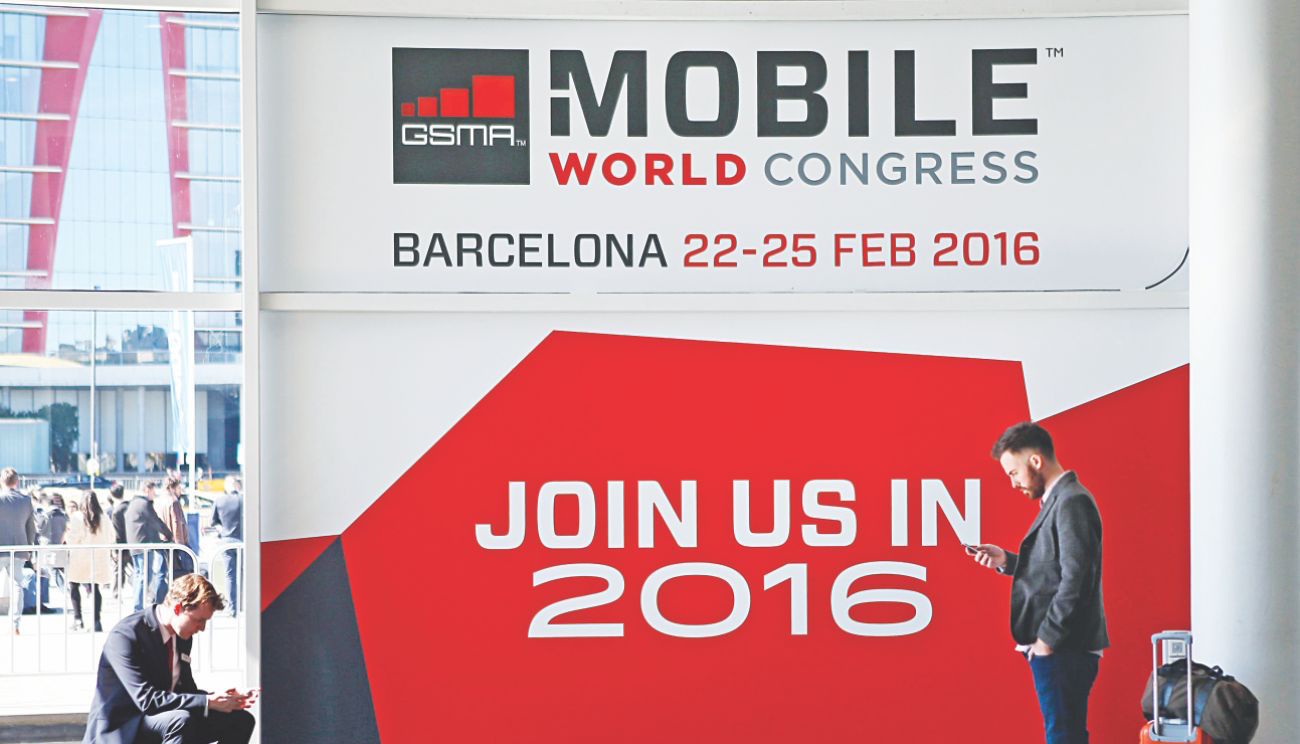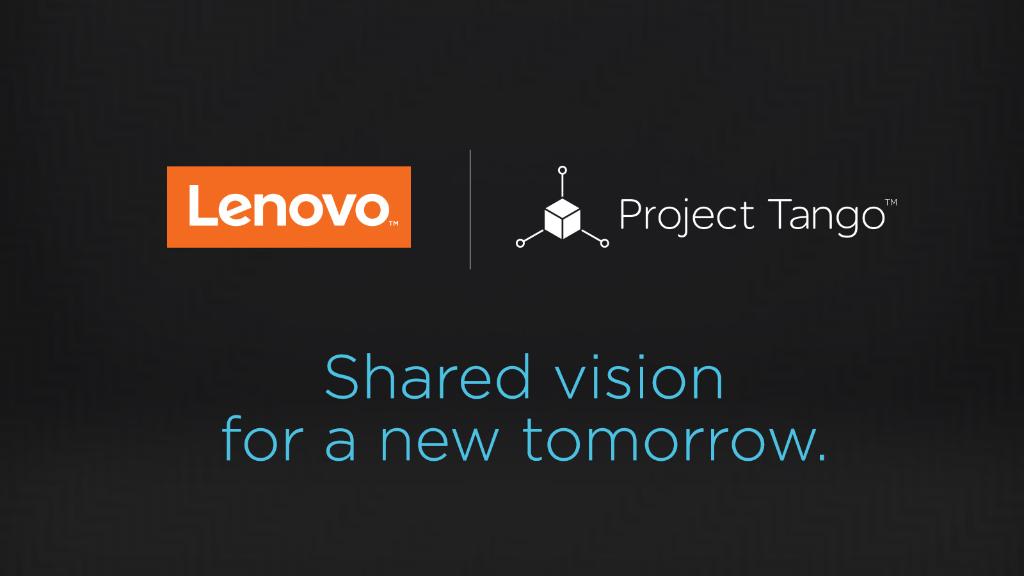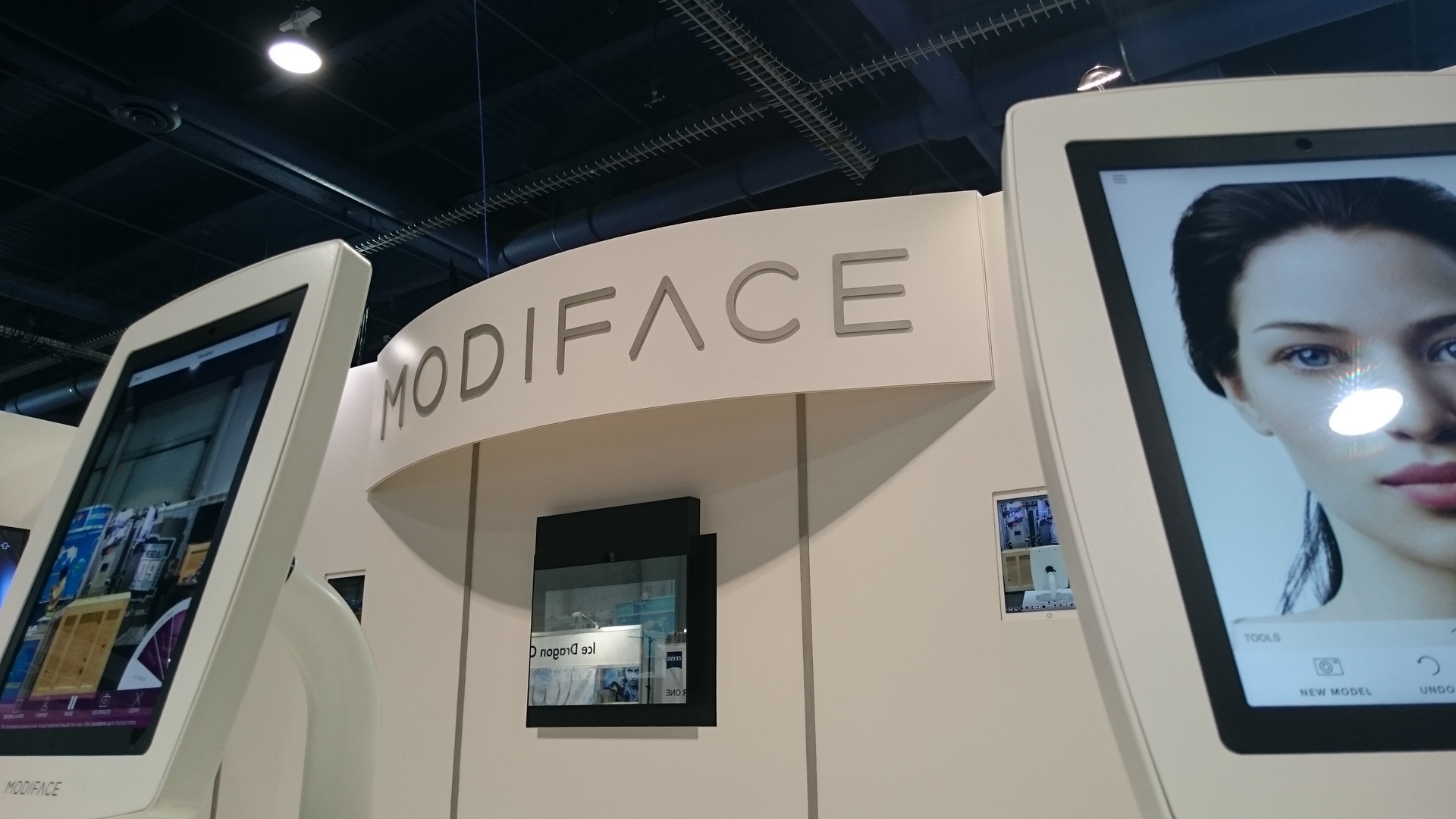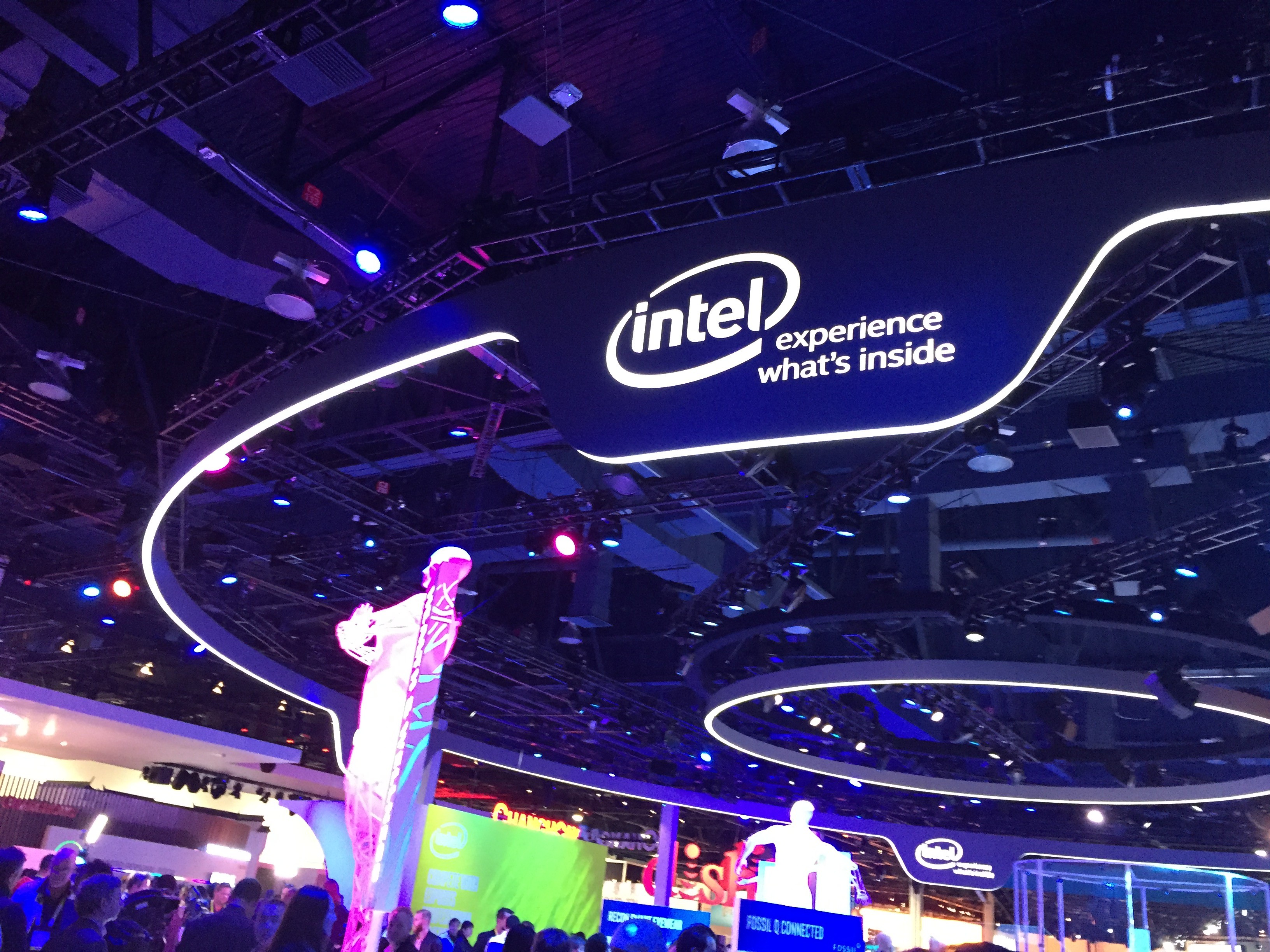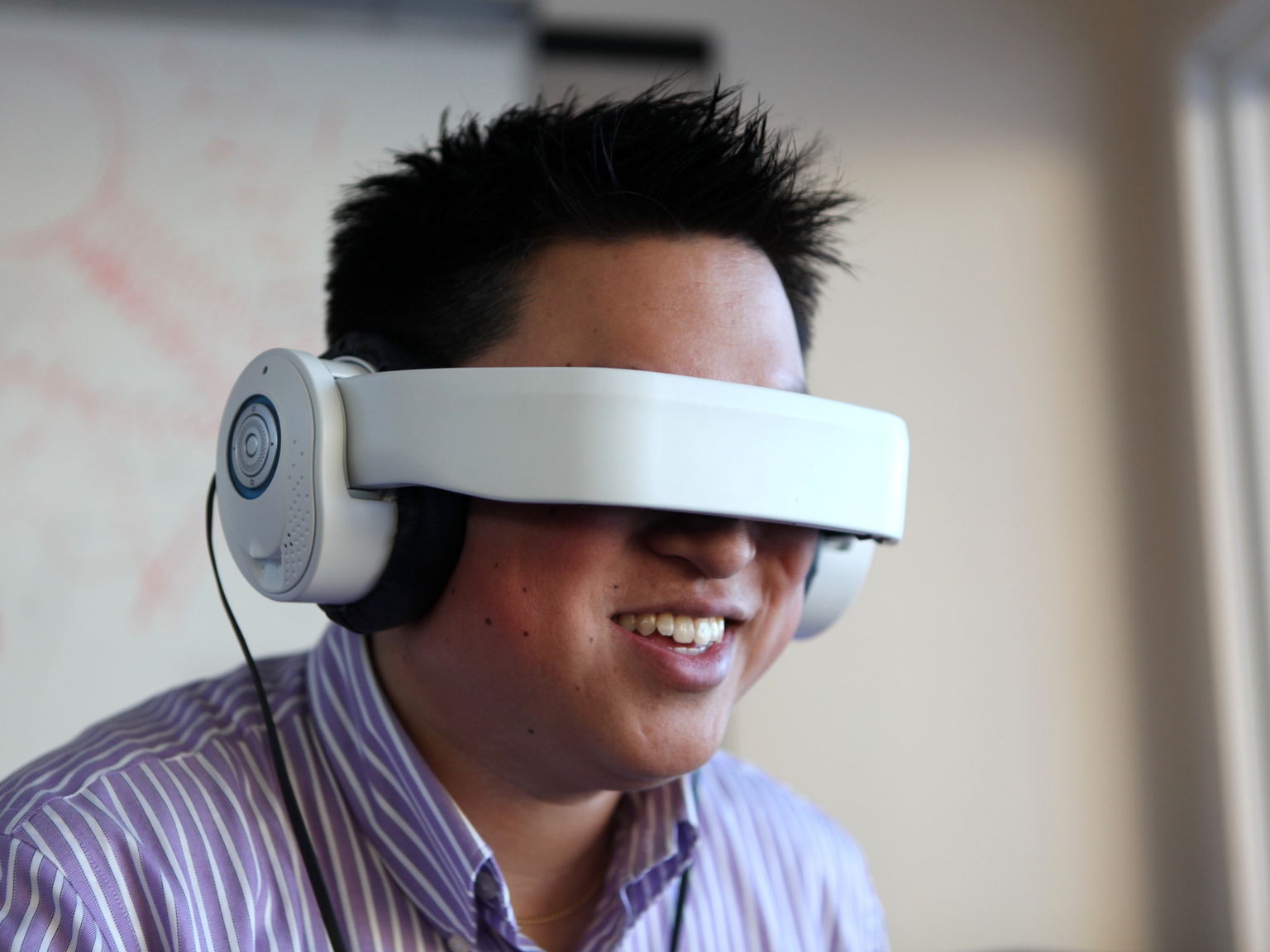What Happened
The 2016 Mobile World Congress continues today in Barcelona, Spain, where several mobile ad tech vendors are promoting their tools capable of making the shift from online to real-world advertising. Among them, xAd‘s new ad-buying tool called MarketPlace seems particularly interesting, for it claims to make buying location-based mobile ads on a global scale as easy as buying a keyword-based search campaign.
The xAd MarketPlace is built off data from 100 million locations around the world the company has collected in recent years, each tagged with keywords – such as “fast food lovers,” “car dealerships,” or, more precisely, “KFC stores” and “BMW lots” – that reflect specific groups of places that marketers would want to target with mobile ads. Advertisers buying certain keywords will have their mobile ads served to consumers in all locations with those tags, targeting potential consumers by their behavior (where they are visiting) instead of demographics.
This innovative ad-buying tool currently powers ads in 70,000 apps reaching 300 million global users, according to xAd, and KFC, Starcom Mediavest Group, and iHeartMedia are among a handful of brands that have tested it.
What Brands Need To Do
For brands looking to reach a global audience based on interests and behavioral data, this new tool from xAd offers a streamlined platform to conduct a location-based campaign. The locations are tagged based on consumer interests, and showing up at those tagged locations definitely make those consumers desirable targets for brands to reach. As mobile ads continue to evolve, we anticipate more new ad buying tools like these to pop up and bridge the gap between mobile and real-world advertising.
Source: AdWeek
Header image courtesy of mluxurystyle.com
